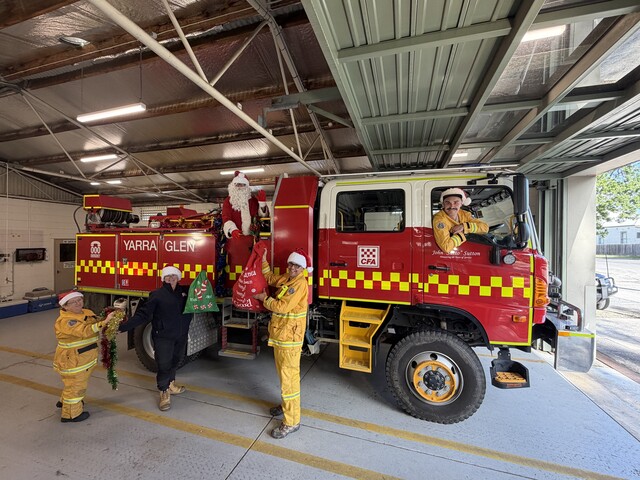 Protestors rallied in August to stop logging in Toolangi, part of the Central Highlands forests an ANU report identifies as a ‘landscape trap’.
Protestors rallied in August to stop logging in Toolangi, part of the Central Highlands forests an ANU report identifies as a ‘landscape trap’.
By Kath Gannaway
The call from ANU forest ecologist Professor David Lindenmayer comes following the publication of a paper in the US Journal of the Proceedings of the National Academy of Sciences which looks at ‘landscape traps’ and their effect on forest environments.
The paper, on which Healesville ANU researcher David Blair also worked, identifies the Central Highlands as a “landscape trap’ an ecosystem detrimentally changed by human action and natural disturbance.
The report says fire and logging have reduced old-growth forest in the Central Highlands to less than 2000 hectares.
Dr Lindenmayer described the Central Highlands forests as “forest policy at its worst”.
“It is critical that the Regional Forest Agreement (RFA) is revised,” he said. “How can you have 90 per cent of alpine forest burnt in the last 10 years and not a thing done about the RFA.”
He said there was compelling evidence to show that from 2005 to 2009 there had been a huge mortality rate among large living trees because of increasing temperatures and drought.
“This is a system in meltdown and it needs restorative forestry and a restructure of the industry. After the ’93 fires there were significant financial packages for people to get out of the industry and that’s what we need to do now.”
VicForests says it supports the RFA and welcomes ongoing reviews to consider new information and which assist providing long-term resource security for the industry.
Spokesman David Walsh rejected Prof Lindenmayer’s view that the industry was “in meltdown” saying while clearfell harvesting was confronting, it was the most effective way of regenerating Ash forests.
“A move away from clearfell harvesting would not allow harvested areas to regrow as effectively, while also requiring harvesting to occur across a far greater area to produce the same volume of timber as current techniques,” he said.
“VicForests believes the areas most at risk of not regenerating after large scale bushfires are those areas which are not actively managed.”
“VicForests harvests no old growth Mountain Ash in the Central Highlands,” he said.
DSE released an unattributed statement in response to the Mail’s inquiries.
“A responsible balance can be achieved in Victoria with a sustainable, long-term native forestry industry guaranteeing employment and prosperity for thousands of families, and supplying quality hardwood timber for use, while at the same time protecting the important environmental assets and native species valued by all.”
“Timber production in Victoria operates within world-standard forestry management practices that are subject to continuous improvement and are scientifically based to ensure forest values are recognised and conserved.”
End of statement.
Prof Lindenmayer says the problems the Central Highlands face will become worse as time goes on.
“We have had the chance now to really come to terms with what we are seeing in those forests and the science is there to support the need for a comprehensive revision of the RFA, drastic cuts in sustained yield and packages to move out of the industry,” he said.






